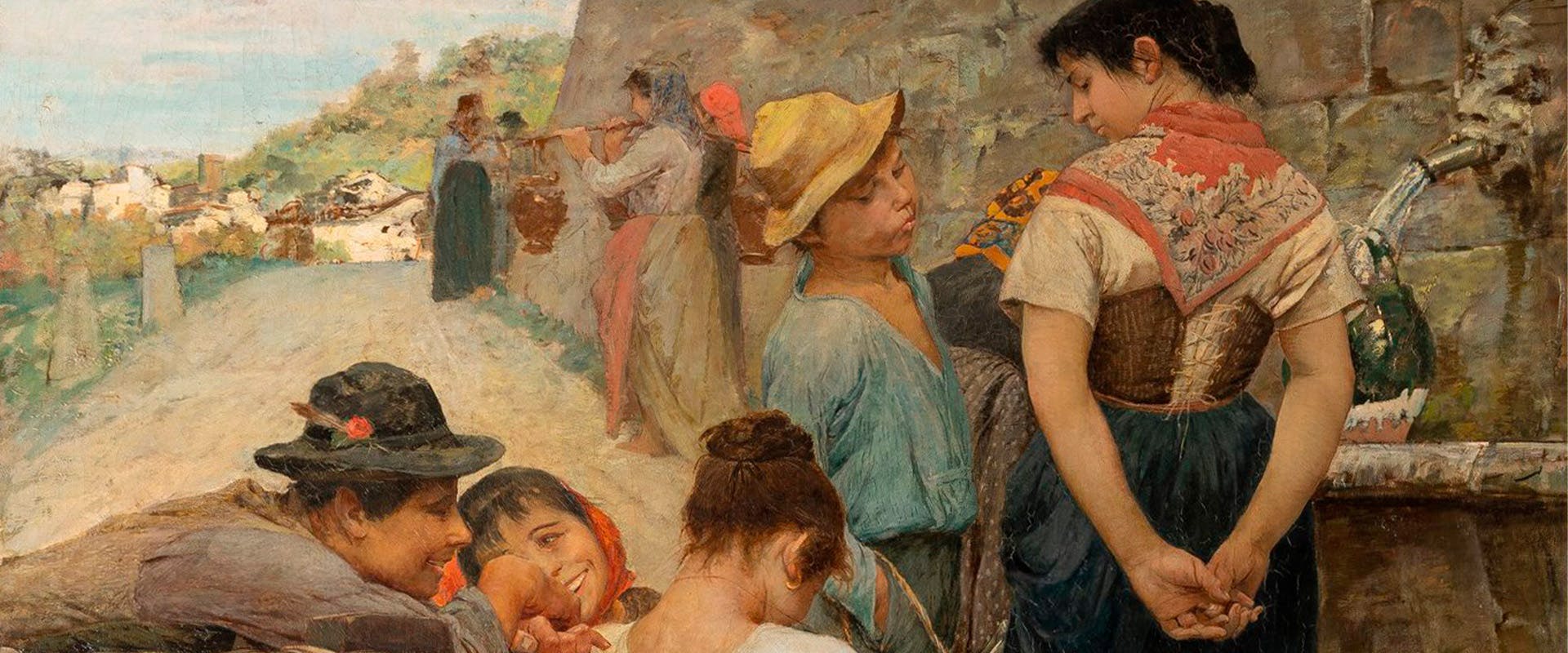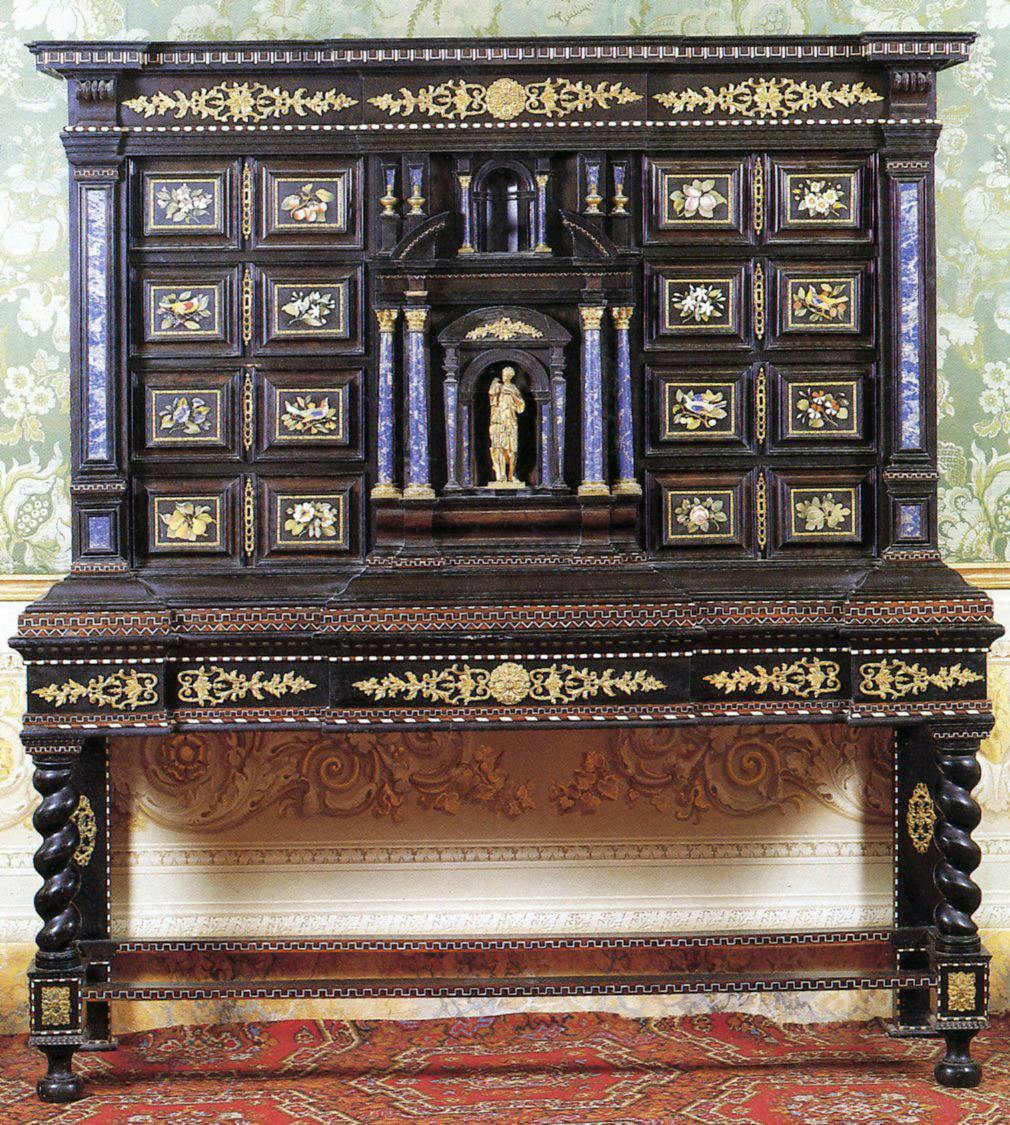From the splendours of the Court to bourgeois luxury. The Opificio delle Pietre Dure in unified Italy
A workshop that has become to mean more to the world of art than simply a showcase for objects made from stone
The exhibition focuses on the new phase in the life of the Opificio delle Pietre Dure, one of the famous artistic workshops of the Italian Renaissance and nowadays a global leader in the field of art restoration. The brilliant artistic manufactory – which had flourished for three centuries in the shadow of the Grand Ducal court of Tuscany – that opened up after 1861, making it famous all over Europe for its peerless creations in semi-precious stones. The Opificio was established in 1588 by Ferdinando I de’ Medici to provide the elaborate, inlaid precious and semi-precious stoneworks.
It was with the advent of the Kingdom of Italy that the Opificio shifted its status from a workshop at the exclusive service of the court to open up to the market and offer its consistently outstanding creations to a wealthy private clientele, which also included royal commissioners such as the Tsar of Russia and Ludwig II of Bavaria. Wall panels, table tops, caskets, sculptures in semi-precious stone and furnishing accessories captivated spectators through the splendid colours of the rare stones, arranged with dextrous pictorial skill, and by the decorative inventions attuned to the artistic taste of the time.
For the exhibition a selection of the most significant productions has been made, some of which even met with the favour of Victor Emanuel II, who purchased them for the Pitti Palace. The exhibition is the first devoted to the latest phase in the artistic activity of the Opificio delle Pietre Dure.
By the end of the nineteenth century the Opificio chose to direct its treasure of unrivalled manual expertise and the innovative technologies introduced in the workshop – also documented in the exhibition – to the emerging demands in the area of conservation of the Italian artistic heritage.

